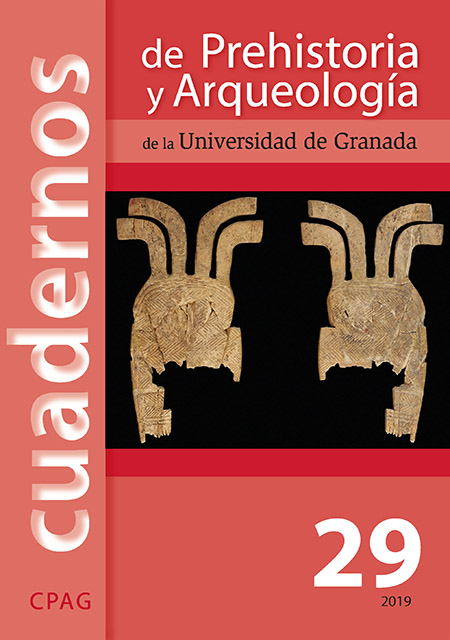ROMAN AND LATE ROMAN BONE SPINNING TOOLS FROM STOBI, MACEDONIA
Main Article Content
Abstract
This paper is concerned with bone spinning tools from the archaeological site of Stobi in the Republic of Macedonia. Most of the spinning tools come from burials, although there were a few tools discovered in the settlement. The earliest bone spinning tool dates to the late 1st century B.C. while the youngest are found in contexts from the 6th century A.D. The spinning tools are grouped into spindle whorls, spindles, and distaffs. Possible changes in the thickness of the spun thread in different periods can be seen through the different shape and weight of the presented spindle whorls. The irregular dispersions visible at the bottom side of two of these spindle whorls reveal the method of fastening the whorl to the spindle. Although spindles differ in the shape of their upper end, this cannot be associated with their chronological determination. What is in common for spindles is the burial context of discovery. The case is similar with the hand held distaffs, where three out of the four discovered thus far have burial contexts. By introducing other scholars’ research for these types of distaffs along with the attributes of examples from Stobi, the assumptions of their apotropaic and symbolic use will be discussed.



